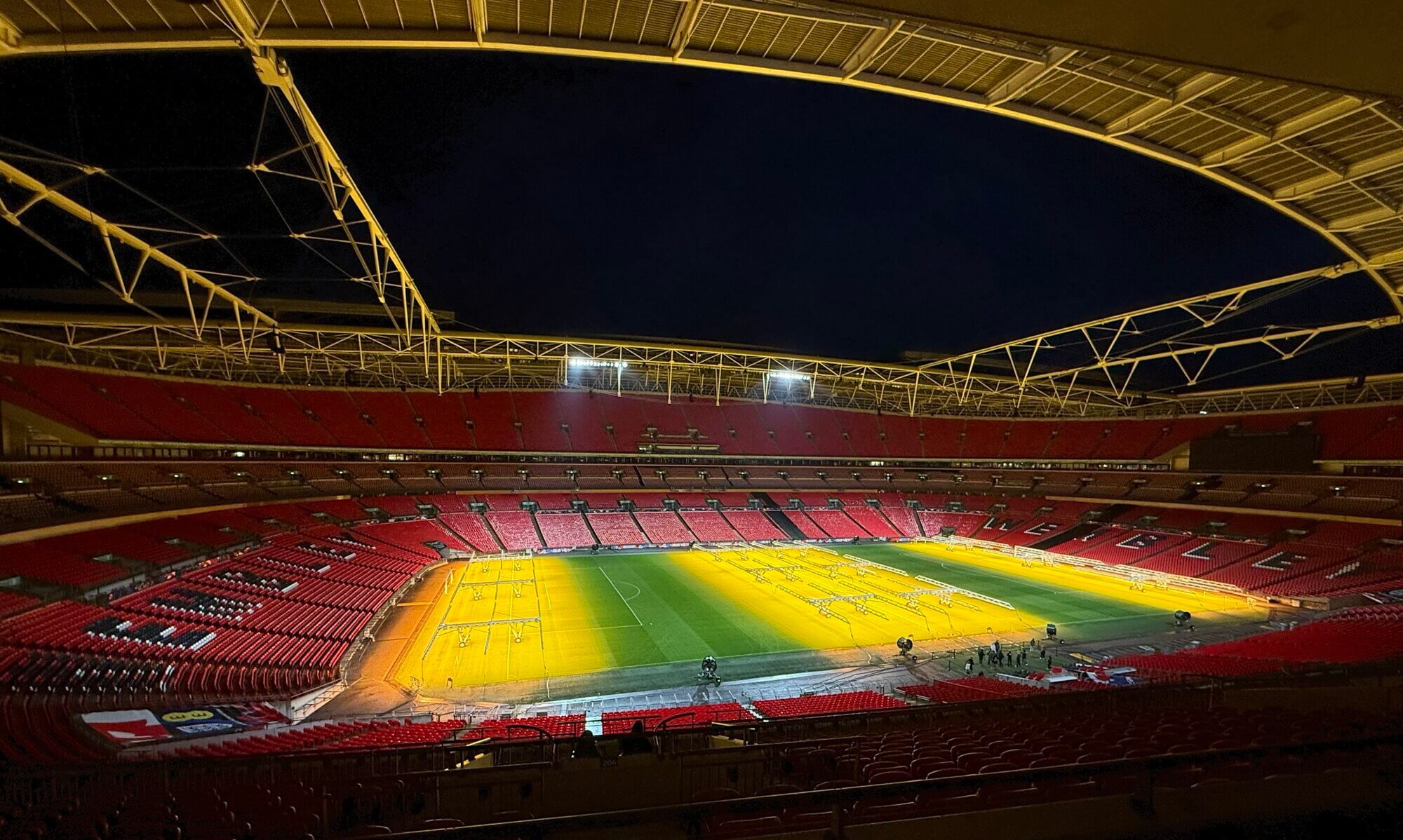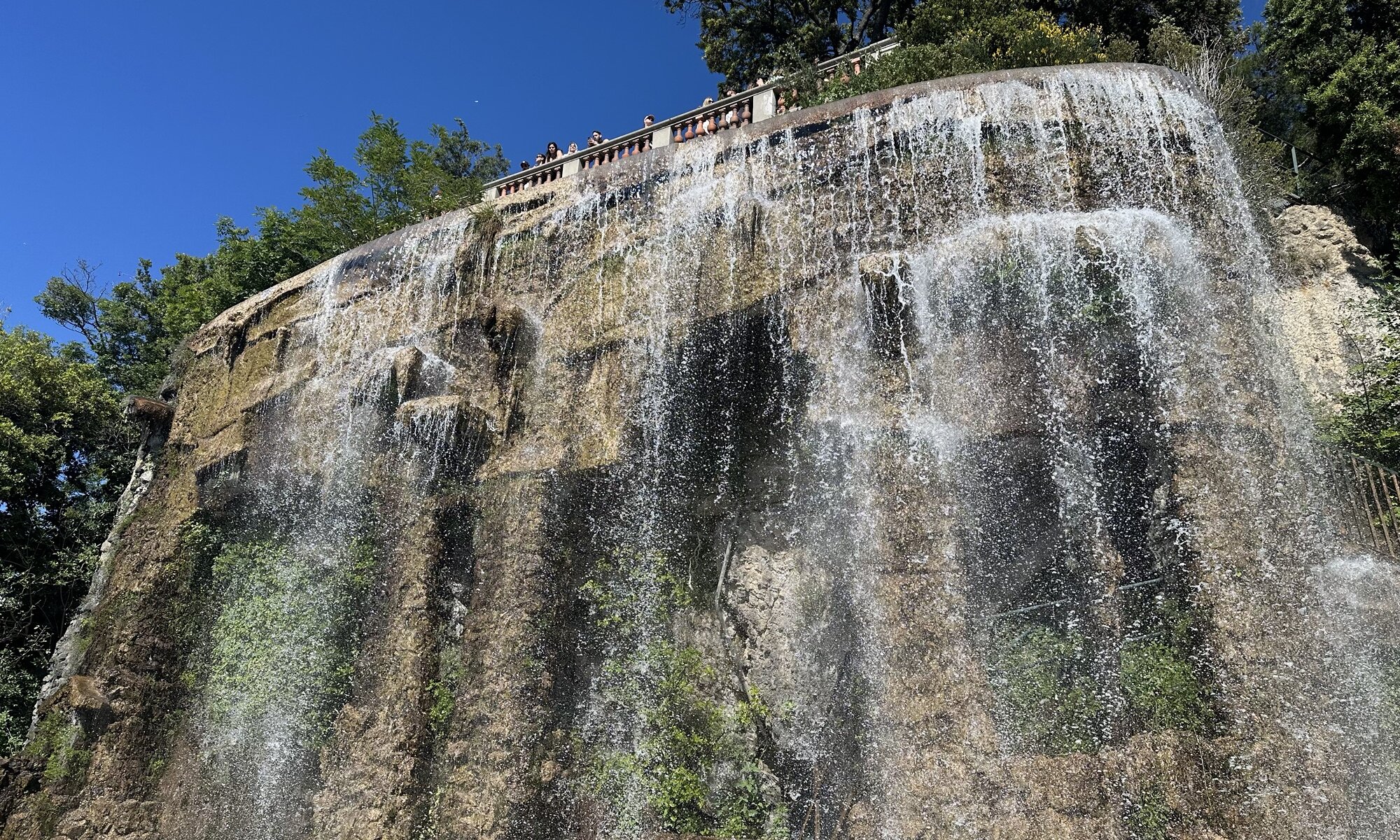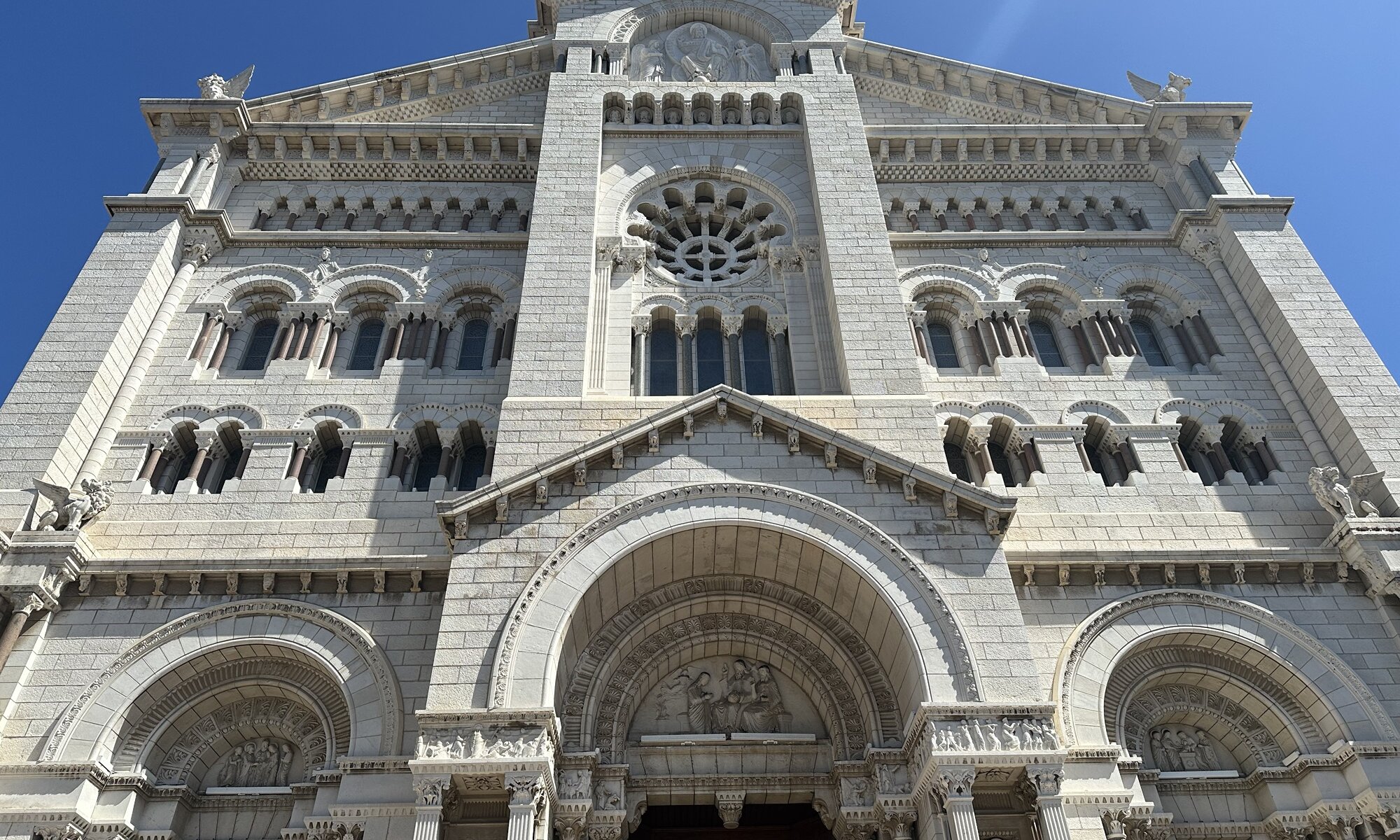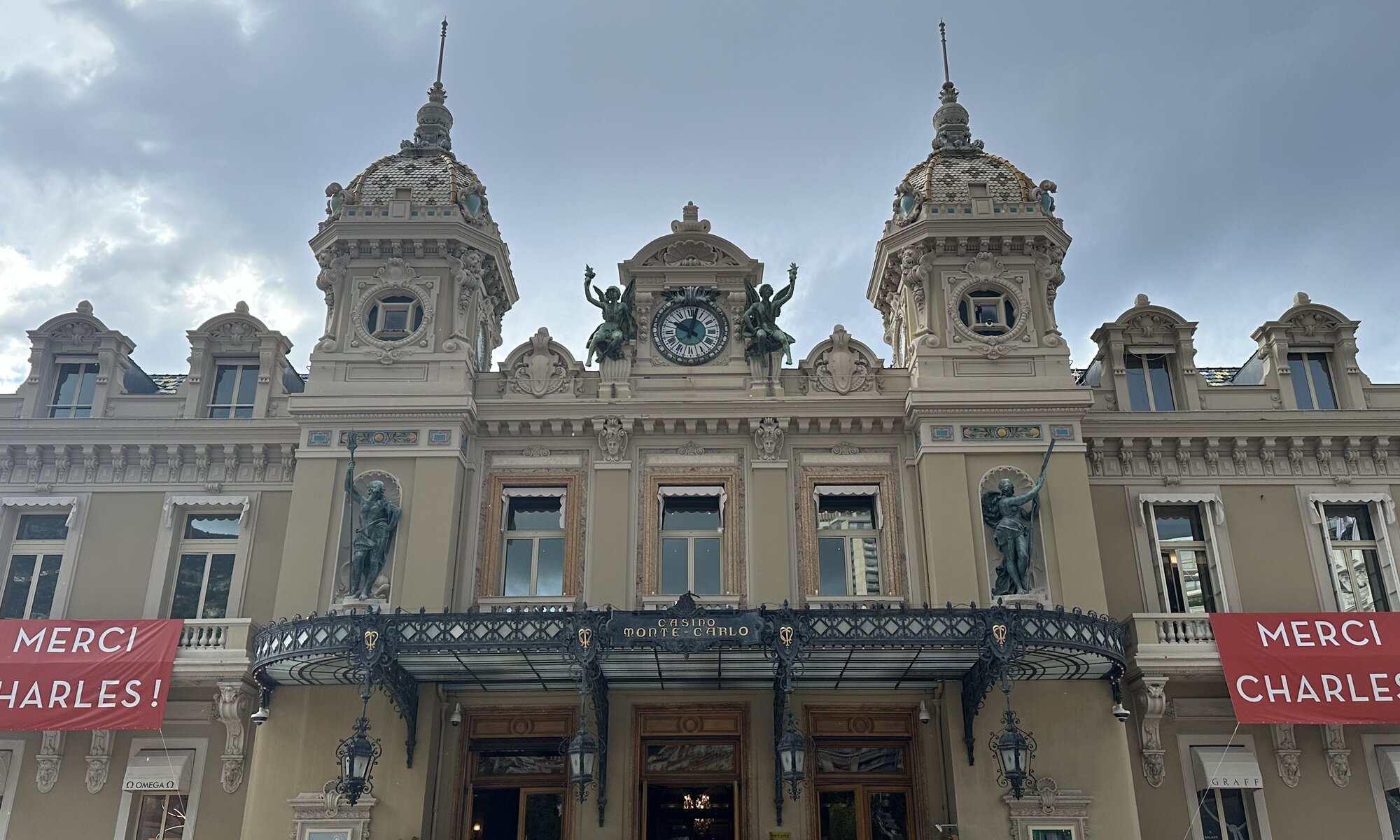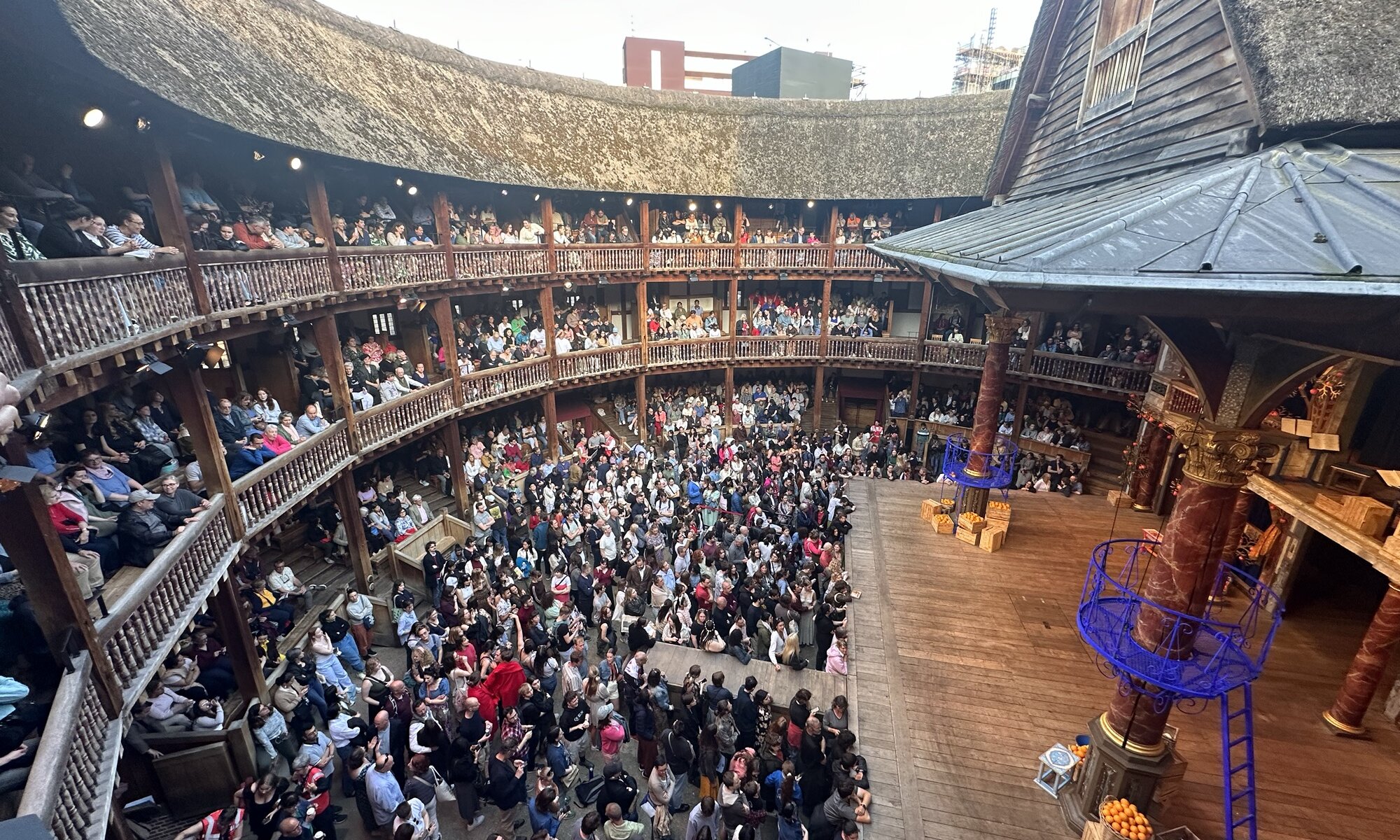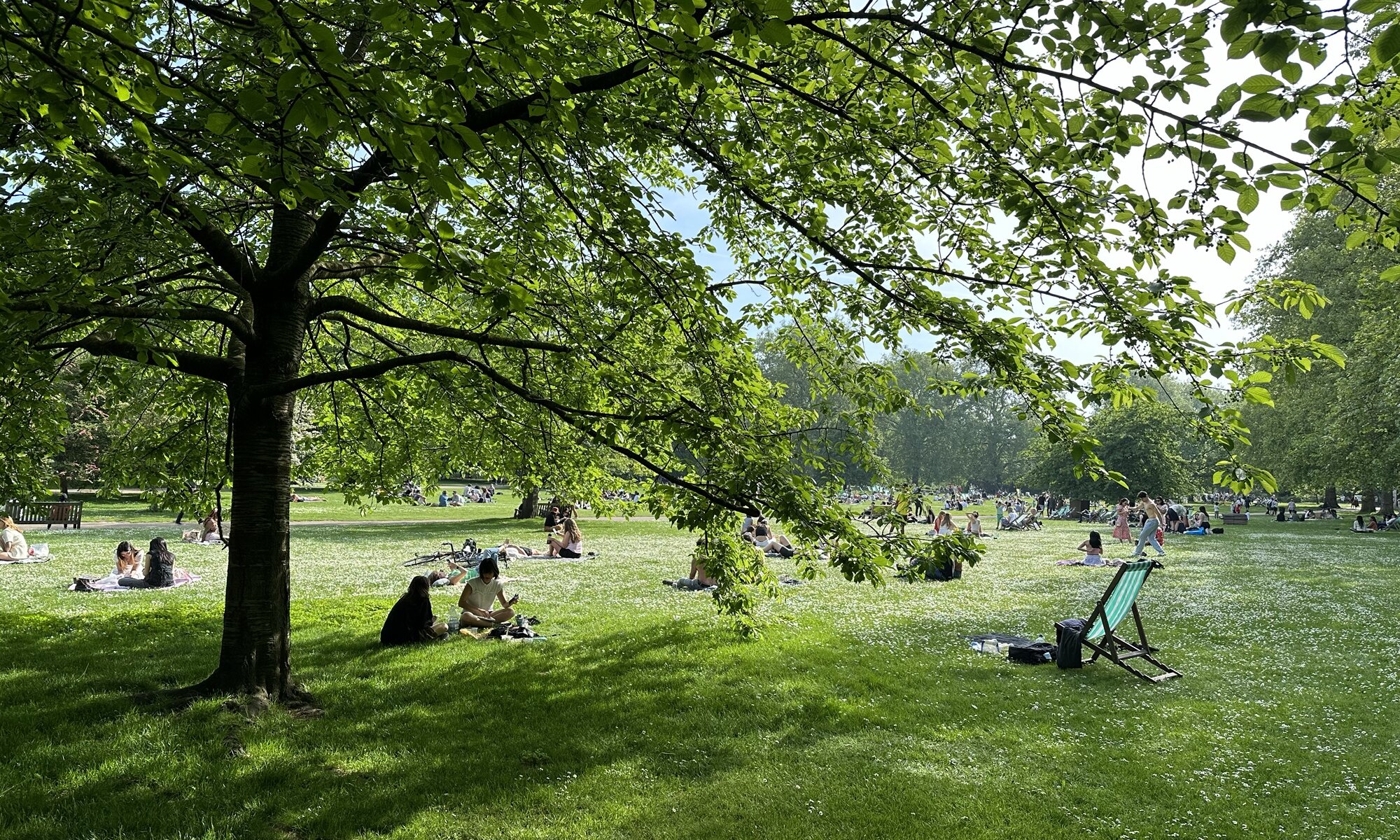Since 1946 every year at the Festival de Cannes the best movies, actors and scripts are awarded, with the Palme d’Or as the most important trophy. We all know the yearly pictures of celebrities waving from the red carpet in front of the Palais des Festivals et des Congrès at Cannes. You can find the Palais directly at the harbor after strolling through the nice streets of the city center and discovering the roofed markets of Cannes.
Continue reading “Palme d’Or”Promenade des Anglais
One of the best features of Nice is for sure the Promenade des Anglais, the walkway between the beach and the beautiful old city center. It is seven kilometers long and named after the English that started in the second half of the 18th century to spend their winters at the Côte d’Azur. Everyday people are strolling along the shore, having a bath at the pebble beach, playing pétanque or enjoying a drink in one of the many bars. The beach is by the way partly public and in some sections commercialized giving you the choice to either have free access or to enjoy sun loungers and bars directly at the water.
Continue reading “Promenade des Anglais”Colline du Château
Already had your daily dose of sports? If not, it could be the time to climb up to the Parc de la Colline du Château on a 90 meters high rock above Nice. Walk to the east end of the beach where you’ll find the steps up to the Tour Bellanda from which you’ll have amazing views on the beach of Nice. Continue further up the hill, through parts of the former fortification to the park and from there continue to the Belvédère du Château with a great panorama of the city and an artificial waterfall underneath.
Continue reading “Colline du Château”Gracia Patricia
On the rock that hosts the historic old town of Monaco you can find the main church of the country, the cathedral Notre-Dame-Immaculée. It is located between the Palais Princier and the Musée Océanographique; the wonderful Jardins Saint-Martin begin directly next to it. The church is the burial site of the Grimaldi family reigning Monaco – rulers of the country during the last 500 years have found their final rest here. The current church itself was built from the year 1875 on the walls of an earlier church building and was inaugurated in 1911.
Continue reading “Gracia Patricia”Palais Princier
When you walk on foot up to the rock (le Rocher) hosting the old city center of Monaco you’ll pass the stone walls and through the ancient city gate – after that you’re standing directly in front of the Palais Princier de Monaco, the seat of the sovereign prince. The oldest parts of the home of the Grimaldi family date back to the year 1191 when this place was a fortress of the Republic of Genoa. Since 1520 it has evolved into a royal palace with all amenities and a changing of the guard ceremony every day at 11:55.
Continue reading “Palais Princier”Monte-Carlo
It is just a city quarter of Monaco, but Monte-Carlo (or Munte-Carlu in local language) is very well known: for the Rallye Automobile de Monte-Carlo but especially for the famous casino. The Casino de Monte Carlo building surrounded by a park high above Port Hercule dates back to the year 1858 and even if you’ve never been there you’ve probably seen it before: in James Bond movies like Casino Royale (2006), Golden Eye (1995) or Never Say Never Again (1983). Getting into it is rather cheap (17 Euros) – but you need to wear a suite and a tie.
Continue reading “Monte-Carlo”Richmond Park
Sometimes it is such a bless to leave the city of London, especially on a sunny weekend. One of the best options for that is the vast Richmond Park located between Richmond and Kingston. It was once a royal hunting ground created for king Edward I and is today the largest of all royal parks in the city. And it is still connected to its history as there are 650 deer that roam the park freely – a very unexpected pleasure in an urban agglomeration like the capital city of the United Kingdom.
Continue reading “Richmond Park”Much Ado About Nothing
One of the pleasures I had on my list for very long time is visiting Shakespeare’s Globe Theatre at the riverside of the Thames between Southwark Bridge and Millenium Bridge. The current building was opened in 1997 and it is a replica of the original Globe Theatre built in 1599 (burned down in 1613 and finally removed after reconstruction in 1644). Even though it had to be modernized for security reasons the Globe still gives you the original feeling of a playhouse of Elizabethan times.
Continue reading “Much Ado About Nothing”St. James’s Park
A place that locals use to hang out and have a picnic is the centrally located St. James’s Park. You can find the 23 hectares large green area at Westminster, bet ween Buckingham Palace, Trafalgar Square and 10 Downing Street. It includes a round course around the long stretched lake, but also a coffee bar and a kiosk. The area was formerly used for hunting in the 1530s and is named after St. James the Minor.
Continue reading “St. James’s Park”Windsor castle
If something around the royal family happens and it is not at Buckingham Palace or Westminster Abbey, then it is probably at Windsor castle – the historic palace outside of London. It is the largest still inhabited castle in the world and the first building on this site was erected back in the year 1078 CE by William the Conqueror. Most kings and queens have shaped the castle according to their needs. Most important parts are the round tower at the center surrounded by a garden, the St. George’s Chapel and the state rooms including the gorgeous St. George’s Hall as well as the doll house of queen Mary.
Continue reading “Windsor castle”